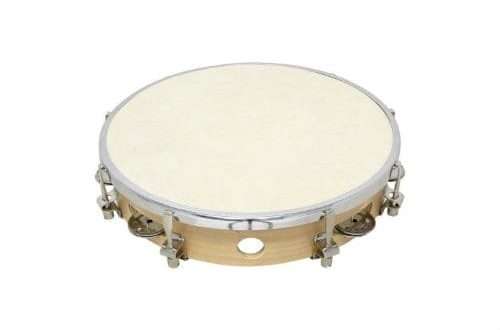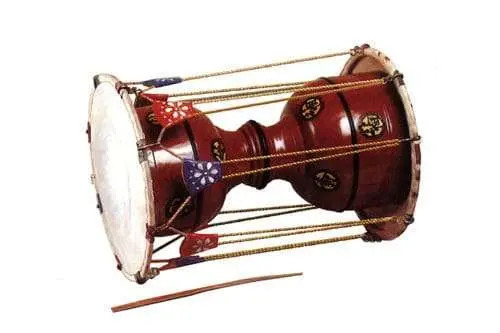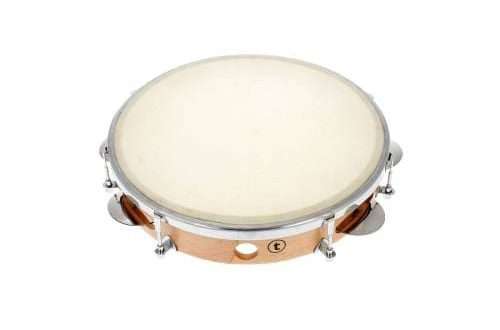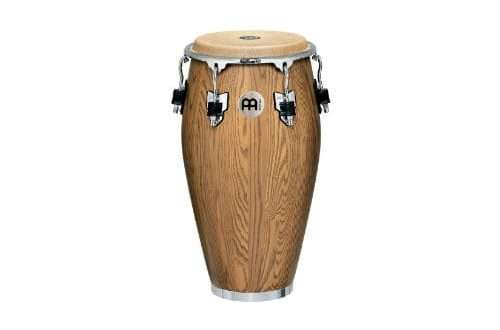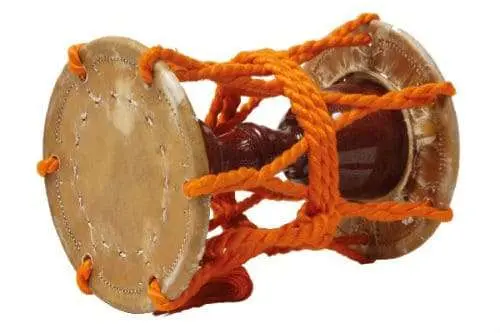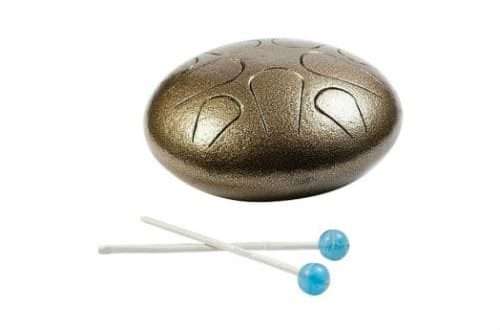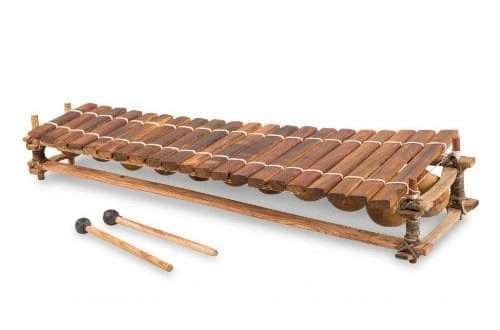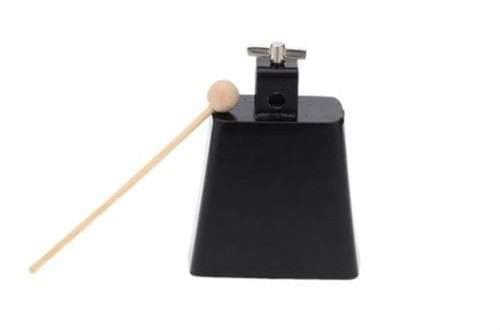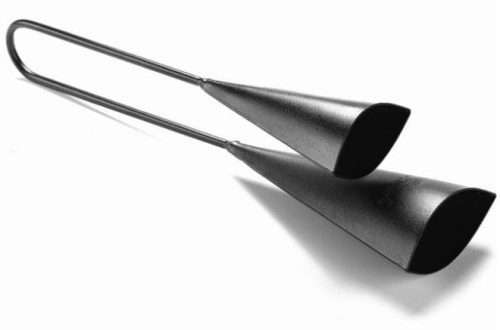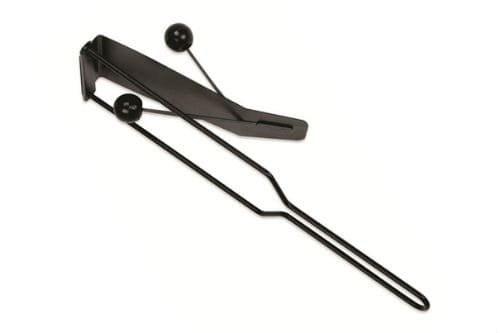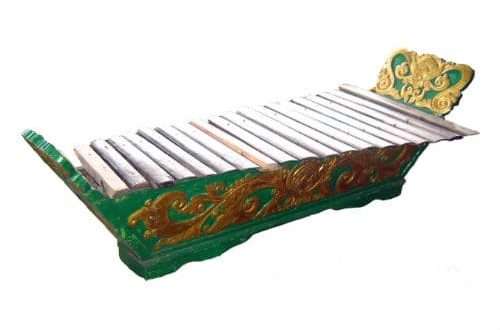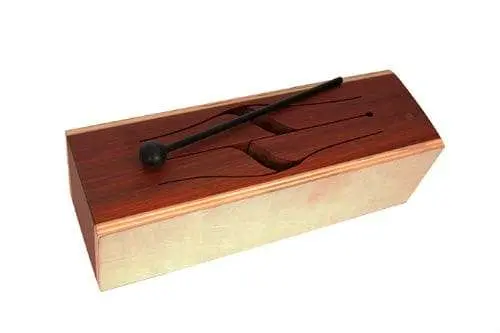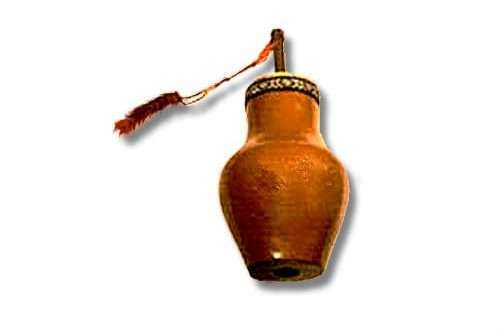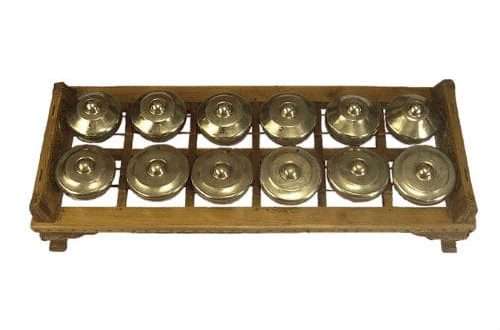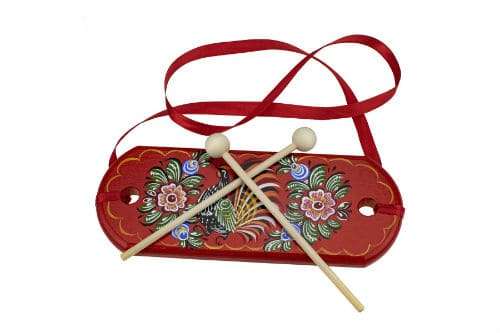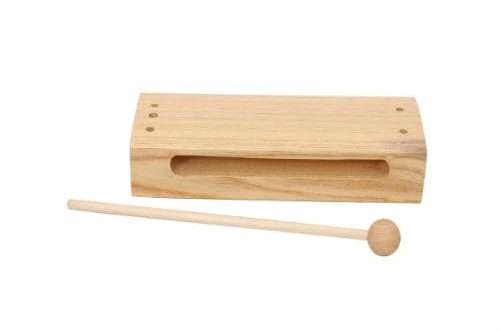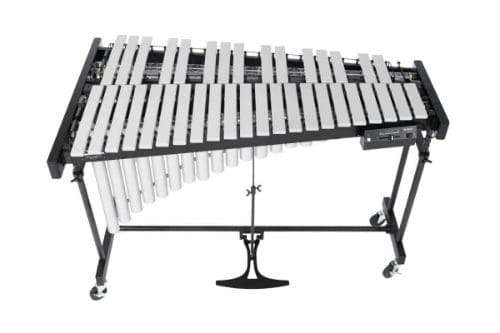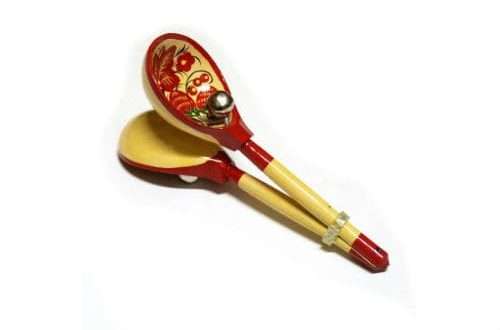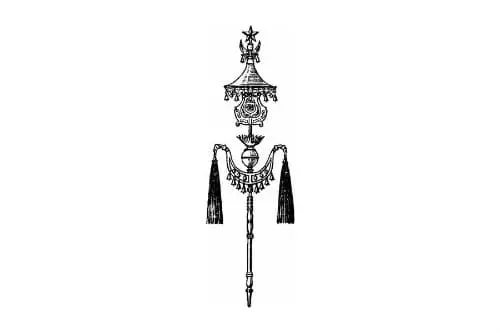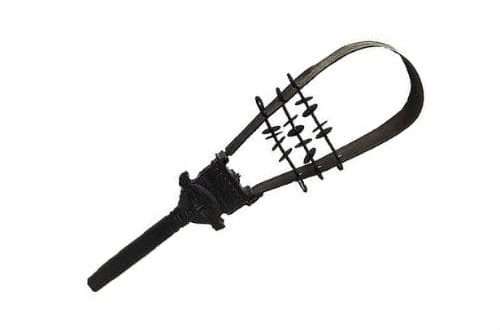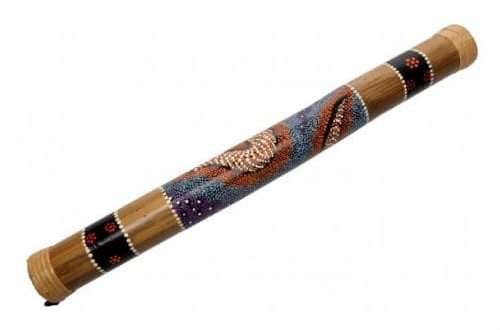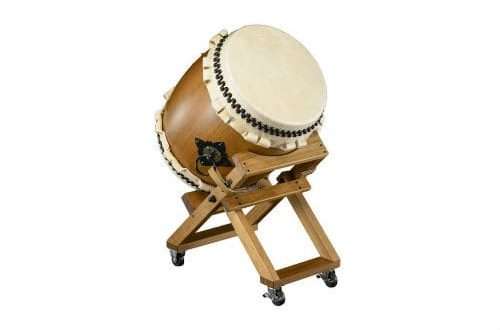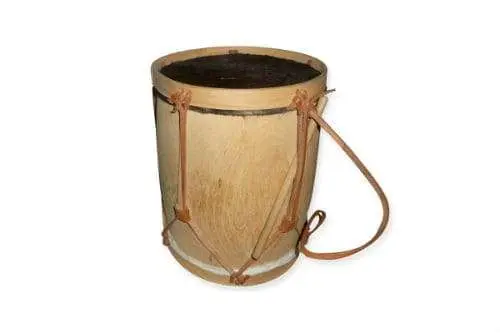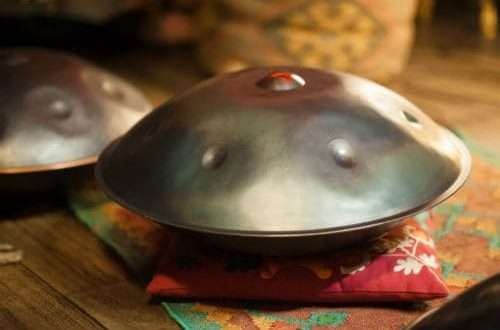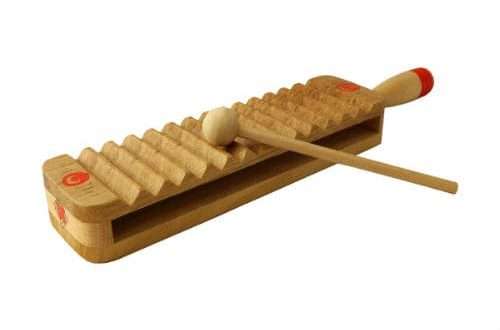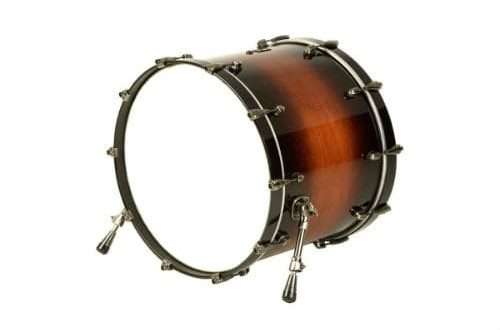Drums
One of the most ancient musical instruments is, of course, percussion. The sound is formed from the impact of the musician on the instrument, or on its resonating part. Percussion instruments include all drums, tambourines, xylophones, timpani, triangles and shakers. In general, this is a very numerous group of instruments, which includes ethnic and orchestral percussion.
Agogo: what is it, construction, history, interesting facts
Each continent has its own music and instruments to help melodies sound the way they should. European ears are accustomed to cellos, harps, violins, flutes. At the other end of the earth, in South America, people are accustomed to other sounds, their musical instruments are strikingly different in design, sound, and appearance. An example is agogo, an invention of Africans that has managed to firmly establish itself in sultry Brazil. What is agogo The agogo is a Brazilian national percussion instrument. Represents several bells of a conical shape, of different masses, sizes, interconnected. The smaller the bell, the higher the sound. During the Play, the structure is held so that…
Canggu: tool description, composition, history, use
Janggu is a Korean folk musical instrument. Type – double-sided drum, membranophone. The appearance of the structure repeats the hourglass. The body is hollow. The material of manufacture is wood, less often porcelain, metal, dried pumpkin. On both sides of the case there are 2 heads made of animal skin. Heads produce sound of different pitches and timbres. The shape and sound of the membranophone symbolize the harmony between a man and a woman. Canggu has a long history. The first images of the membranophone date back to the Silla era (57 BC – 935 AD). The oldest mention of the hourglass drum dates back to the reign of King…
Tsuzumi: tool description, composition, use
Tsuzumi is a small Japanese drum of the sime-daiko family. Its history begins in India and China. Tsuzumi resembles an hourglass shape, tuned with a strong cord stretched between the upper and lower edges of the drum. The musician adjusts the pitch of the sound during the Play by simply changing the tension of the cord. The musical instrument has varieties that differ in size. The body is usually made of lacquered cherry wood. When making a membrane, horse skin is used. The instrument requires careful maintenance, because without heating before the performance, the sound quality will become poor. Also, various types of Japanese drum need a certain humidity: a…
Hang: what is it, instrument composition, sound, how to play
Most musical instruments have an ancient history: they existed in the distant past, and only slightly transformed, adjusting to modern requirements for music and musicians. But there are those that appeared quite recently, at the dawn of the XNUMXst century: having not yet become mega-popular, these specimens have already been appreciated by true music lovers. Hang is a great example of this. What is hang Hang is a percussion instrument. Metal, consisting of two hemispheres interconnected. It has a pleasant organic sound, in fact, it resembles a glucophone. It is one of the youngest musical inventions in the world – created at the dawn of the millennium by the Swiss.…
Flexatone: what is it, sound, design, use
Percussion musical instruments in symphony orchestras are responsible for the rhythmic pattern, allow you to focus on certain moments, convey the mood. This family is one of the most ancient. Since ancient times, people have learned to accompany their creativity with the rhythms of percussion instruments, creating a variety of options. One of them is the flexatone, a rarely used and undeservedly forgotten instrument that was once actively used by avant-garde composers. What is flexatone The percussion reed instrument flexatone began to be widely used at the beginning of the XNUMXth century. From Latin, its name is translated as a combination of the words “curved”, “tone”. The orchestras of those…
Slotted drum: tool description, design, use
The slit drum is a percussion musical instrument. The class is a percussion idiophone. The material of manufacture is bamboo or wood. The body is hollow. During the manufacture, the craftsmen cut out slots in the structure that ensure the sound of the instrument. The name of the drum was due to the design features. The common number of holes in a wooden idiophone is 1. Less common are variants with 2-3 holes in the shape of the letter “H”. The thickness of the material is uneven. As a result, the pitch is different in the two body parts. Body length – 1-6 meters. Long variations are played simultaneously by…
Drum: what is it, design, use, how to play
The drum is a popular ancient Russian musical instrument. Description of the tool The class is a percussion idiophone. It is characterized by self-sounding – the sound appears due to the vibration of the instrument itself. The sound is loud and dry. The people also bears the name of a shepherdess, a shepherd, a shepherd. Outwardly, it is a wooden board with a drawing of a symbol. The symbol was associated with folk beliefs. The most common is the rotisserie. Related Russian instruments: tambourine, gander, tulumbas. Construction of drums Production material – wood. Tree type – fir, spruce, pine. The choice of special tree species is not accidental – a…
Vibraphone: what is it, composition, history, difference from xylophone
The vibraphone is a percussion instrument that has had a great influence on jazz music culture in the United States. What is a vibraphone Classification – metallophone. The name glockenspiel is applied to metal percussion instruments with different pitches. Outwardly, the instrument resembles a keyboard instrument, like a piano and a pianoforte. But they play it not with fingers, but with special hammers. The vibraphone is often used in jazz music. In classical music, it ranks second among the most popular keyboard percussion instruments. Tool design The construction of the body is similar to the xylophone, but it has a difference. The difference lies in the keyboard. The keys are…
Bunchuk: tool description, design, history, use
Bunchuk is a musical instrument belonging to the type of shock-noise. It is widely used to the present in military bands in some countries. Bunchuk is a modern generalized name for the instrument. In different countries at different periods of history, it was also called the Turkish crescent, the Chinese hat and the shellenbaum. They are united by a similar design, however, it is almost impossible to find two identical bunchuks among the many currently existing bunchuks. The musical instrument is a pole with a brass crescent fixed on it. Bells are attached to the crescent, which are the sounding element. The layout may be different. So, the pommel of…
Bombo legguero: tool description, structure, use
Bombo legguero is an Argentinean drum of large size, the name of which comes from a unit of length measurement – a league, equal to five kilometers. It is generally accepted that this is the distance the sound of the instrument propagates. It differs from other drums in the depth of sound and is made using a special technology. Traditionally, the bombo legguero is made of wood and covered with the skin of animals – sheep, goats, cows, or llamas. To give a deeper sound, it is necessary to stretch the skin of the animal with the fur outward. The instrument has several similarities to the Landskechttorommel, an ancient European…



